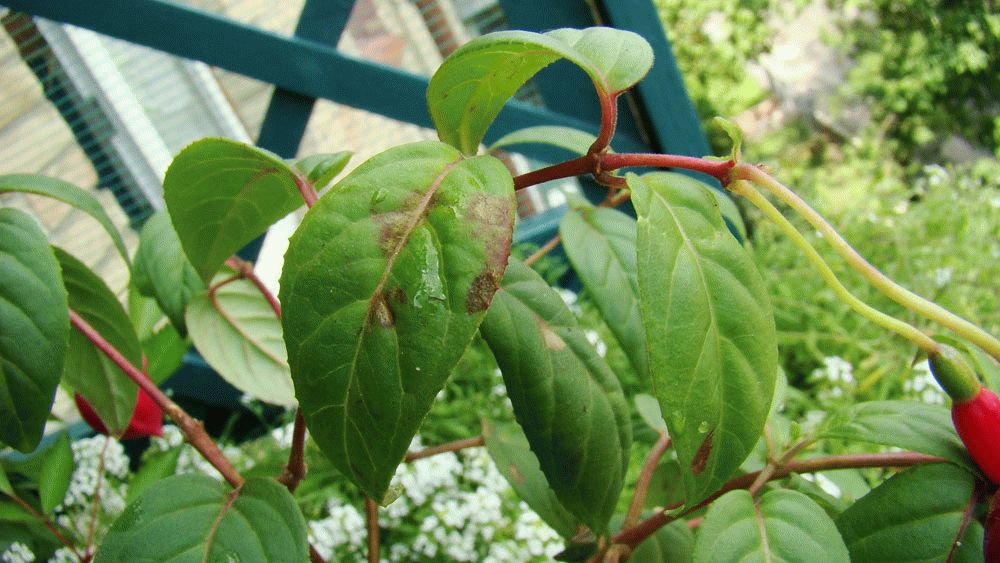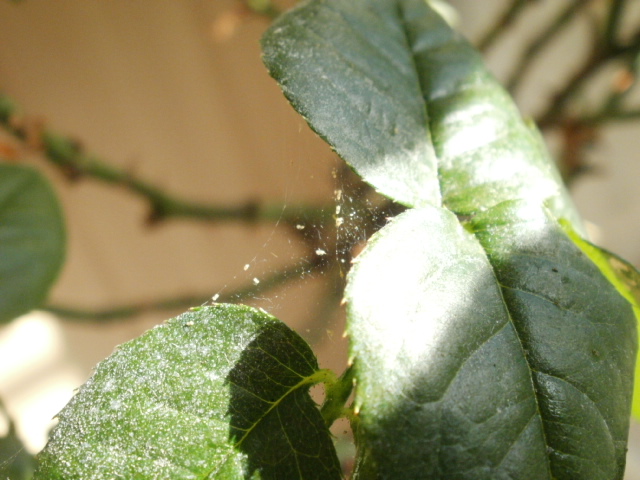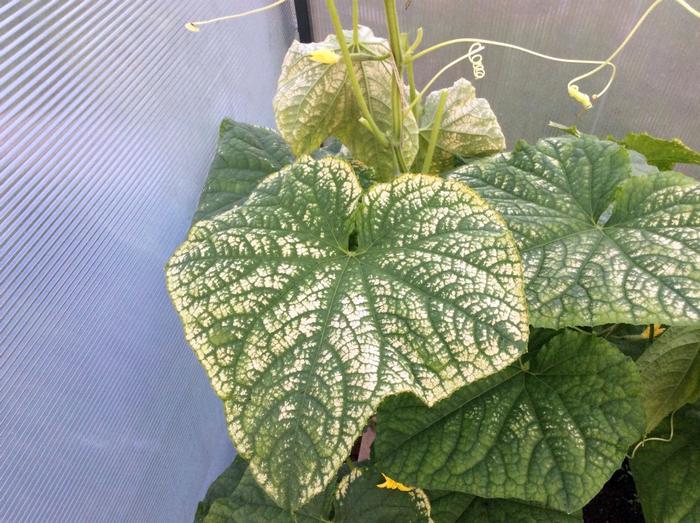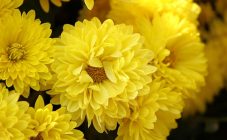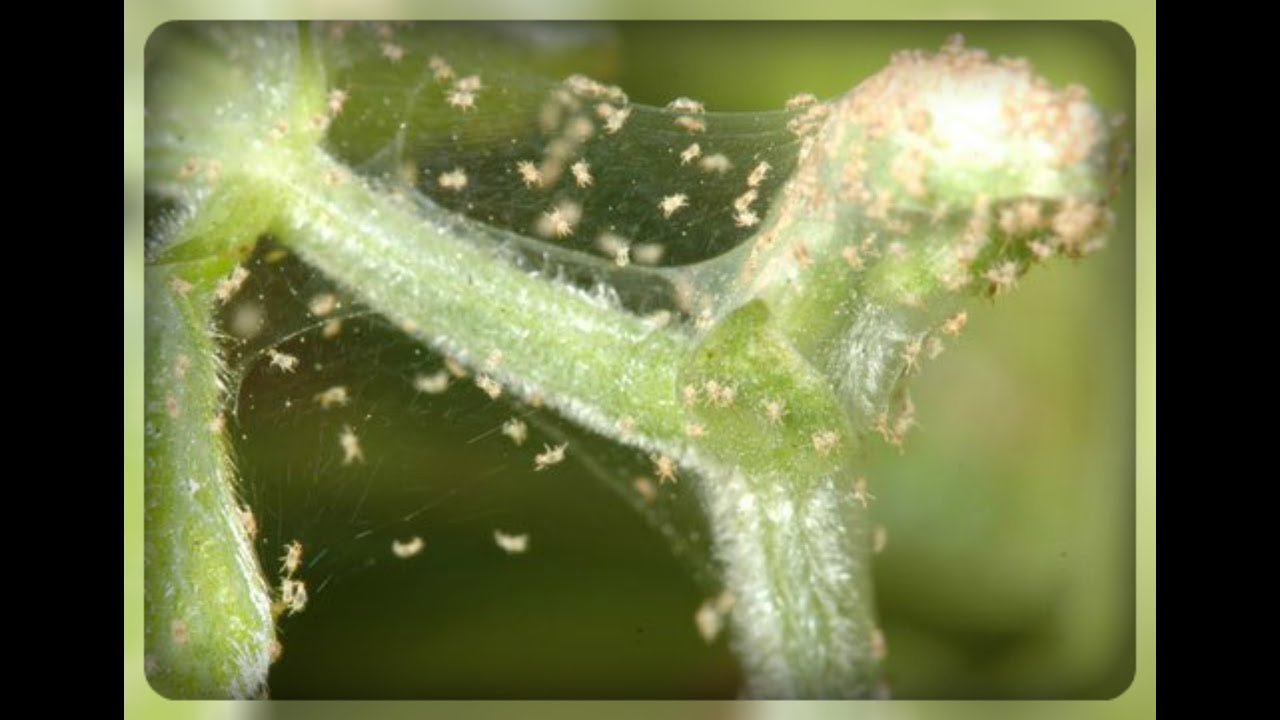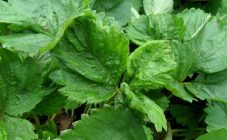Content:
Fuchsia is one of the most beautiful indoor flowers. The popular name of the plant is "Japanese lantern". She, like other house flowers, is susceptible to various diseases, as well as attack by insect pests. In this case, it is necessary to fight diseases based on the degree of plant infection. The earlier fuchsia diseases are detected, the more productive the treatment will be.
The causes of pests and diseases of fuchsia
The main reason for the appearance of pests and diseases is improper plant care. If a florist devotes enough time to his pet, you can forget about problems with him. If the focus of infection was noticed and removed at the time, the flower is able to restore its vitality on its own.
In the case of serious problems, the primary concern will be to find out the causes and make a "diagnosis", only in this case all the measures taken to get rid of the infection will be quite effective.
All fuchsia diseases can be divided into two types:
- illnesses due to insufficient or improper care;
- fungal or pest infestation.
Diseases and treatment of fuchsia
First of all, it is necessary to study the first signs of damage to the roots and leaves of the plant. Most of these problems are caused by improper flower care. Signs of root and leaf disease appear in the shortest possible time, so it is important to notice them in time, then it will be possible to save fuchsia from death.
The roots of the plant can tell a lot about the correct care. In a healthy flower, they are white and fairly firm. But if their color has changed to brown, and the structure has become soft, this is the first sign of root rot.
You can only help the plant by removing it from the pot, rinsing the roots and cutting off the brown formations. Then the flower must be placed in a container with clean water and left alone for several days. During this time, the plant will give new healthy roots, then it will be ready for transplanting into a new pot with clean soil and fresh drainage.
Another reason for the slow growth of the plant is the small capacity. Determining whether a pot is small is quite simple - for this you need to remove a flower from it and examine its root system. If the roots wrap around the whole soil and turn it into a lump, you should purchase a spacious "housing" for the plant. And as soon as fuchsia is in it, its growth will resume again.
The leaves of the flower will tell a lot about the flower's poor health. Often the cause of the disease is a lack of nutrients in the soil.
Typically, insect pests enter living quarters through open windows.
Rust lesions
Another disease that quite often affects fuchsia is rust in the form of brown spots on the leaves of the plant. It should be noted that the disease is highly contagious. Therefore, treatment must be started immediately. To do this, it is necessary to completely remove all infected leaves, and rinse the flower thoroughly with warm running water and laundry soap. At the next stage, fuchsia must be treated with a special anti-rust agent.
Whitefly control methods on fuchsia
In the summer heat, the windows of almost all apartments remain open, so the whitefly enters the living room. The whitefly is a very small butterfly that is difficult to see with the naked eye. She only needs a couple of hours - and the whitefly will lay its very small testicles on fuchsia. It is almost impossible to notice them, but the reaction of the flower is lightning fast. White midges appeared on fuchsia, what should I do?
The leaves of the plant begin to become covered with small sticky droplets, the number of which increases daily, even if they are constantly removed. As soon as the first larvae begin to appear from the eggs, they immediately suck the juice from the leaves, which leads to their rapid wilting and death.
At the first manifestation of the whitefly, the plant must be thoroughly washed with running water and laundry soap. Especially carefully you need to wash the stem and the inside of the fuchsia leaves.
After water procedures, the leaves and the trunk of the plant are treated with chemicals, Angara is best suited.
Fuchsia, worse than all indoor flowers, resists the attack of white midges. It will not be saved by ordinary folk remedies that are used to treat other flowers. In the case of fuchsia, only chemical agents will help, and even in tandem with a soapy bath.
After completely getting rid of the pest, the plant must be transplanted into a new ceramic pot with fresh soil. And only then begin the necessary work to restore the vitality of the flower.
Aphids on fuchsia: how to get rid
Sometimes aphids attack fuchsia bushes. The means of dealing with this little fly is to wipe the plant with a cotton swab dipped in medical alcohol, and then treat it with special insecticides. One of these drugs is Akelik. One ampoule of the product must be diluted in a liter of clean water. In order to completely remove aphids, the treatment procedure is carried out every three days.
Spider mite on fuchsia. What to do?
The optimal conditions for the appearance of a red spider mite is warm and dry air in the apartment. The main symptom of the appearance of the pest is a gray bloom on the inside of the fuchsia leaves, many small black dots and cobwebs.
It is unlikely that this insect can be removed by washing the plant. That is why it is best to use chemicals such as Fufanon.
A complete disinfection of all auxiliary tools that are used to care for indoor flowers is required, as well as immediate isolation of the diseased plant. This is the only way to avoid an epidemic and the death of other flowers.
